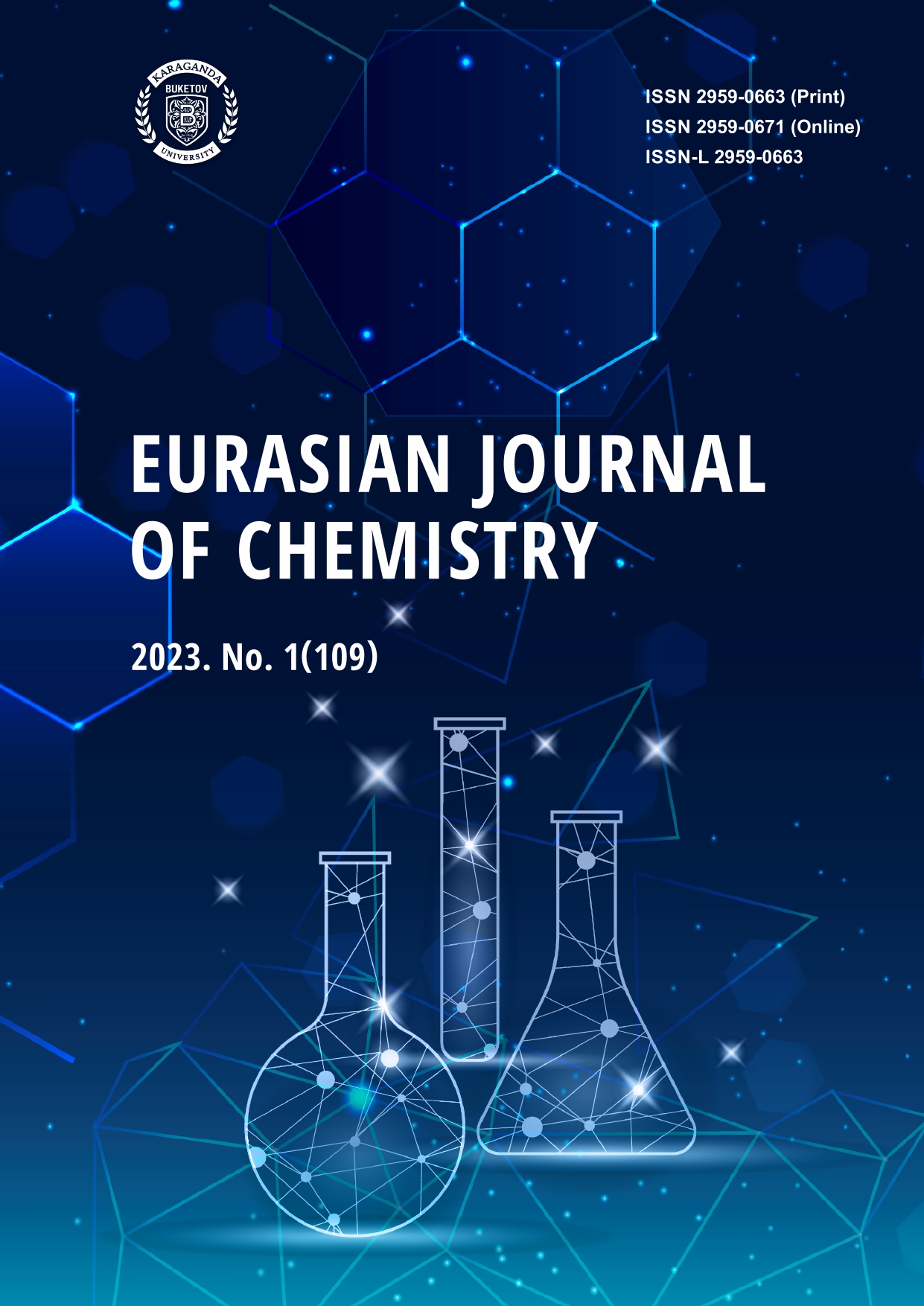Validated Stability Indicating HPLC Method for the Quantification of Process Related Impurities of Ubrogepant in Pharmaceutical Formulations
DOI:
https://doi.org/10.31489/2959-0663/1-23-7Keywords:
Ubrogepant, HPLC impurity analysis, impurity A, impurity B, Method Development, Method Validation, Formulation analysis, Stress studiesAbstract
Ubrogepant is a medical drug prescribed for the treatment of migraine in adults. Literature analysis has shown, that no suitable analytical method has been published to date for the quantification of impurities of Ubrogepant. Therefore, this study aims to develop a simple and sensitive stability indicating HPLC method for quantifying Ubrogepant and its impurities 1 and 2. The optimized and best separation was achieved using ProntoSIL ODS C18 (250×4.6 mm; 5 µ id) column as stationary phase, phosphate buffer (pH 4.5) and methanol in 65:35 (v/v) at 1.0 mL/min as mobile phase and 246 nm as detector wavelength. The method reports 0.015 µg/mL and 0.05 µg/mL as limit of detection (LOD) and limit of quantitation (LOQ) for both impurities. This proves that the method has sufficient levels of sensitivity to detect impurities. The method passes all validation parameters as recommended, confirming that the method is valid. The method can show very less % degradation in various stress tests such as acid, base, peroxide, thermal and UV light conditions, and can efficiently resolve different compounds generation during stress exposure, as well as its known impurities prove the stability indicating nature of the method. Based on the experimental findings, it was shown that the method is significantly useful for the routine analysis of Ubrogepant and its impurities 1 and 2.
Downloads
Published
How to Cite
Issue
Section
License
This work is licensed under a Creative Commons Attribution-NonCommercial-NoDerivatives 4.0 International License.
Authors retain copyright and grant the journal right of first publication with the work simultaneously licensed under a Creative Commons Attribution License (CC BY-NC-ND 4.0) that allows others to share the work with an acknowledgement of the work's authorship and initial publication in this journal.




